News - Comet Interceptor
Date 30 May 2025:
How to find the optimal closest approach distance for Comet Interceptor’s flyby?
How do you plan for the flyby of a target comet that likely will be identified only after launch? That is the challenge Comet Interceptor is facing. The mission must be able to adapt to the specific properties of the available target, many of which will remain unknown until shortly before the actual comet encounter. In a recent publication, an international team of planetary scientists has developed a technique to tune the one parameter that can be changed until relatively late before the flyby: the closest approach distance.
The Comet Interceptor spacecraft will wait at L2 until one or a few potential target comets are identified. At a certain point in time, a choice must be made, so that there is sufficient time left for the spacecraft to cruise to the intercept point. At that moment, however, little will be known about that target. A detailed trajectory design phase precedes target selection to verify that the flyby is technically possible – for instance, that an intercept point can be reached in the range 0.9-1.2 au from the Sun. Thus, the flyby velocity and the details of the flyby geometry will be known in advance. However, the comet outgassing rate, the dust production rate, and the solar wind conditions are only known within broader uncertainty margins.
The challenge is daunting. We are preparing for a flyby of a comet at a relative speed of possibly up to 70 km/s, ten times the speed of a bullet, and we do not know what the conditions near the comet nucleus will be. Fortunately, there is a single parameter left to choose until right before the flyby: the closest approach distance. If we would choose to fly close to the comet, the cameras would get a detailed view of the comet nucleus and its ephemeral atmosphere, and the instruments would be able to sniff the composition and other details of the neutral and ionized comet environment. But ... the risk of hitting comet dust particles might be too large. Senior comet scientists very well remember what happened to Giotto during its flyby past comet 1P/Halley in 1986: It was hit by a dust particle, damaging instruments and knocking the spacecraft out of its proper orientation. If something like that would happen again, that would seriously limit the science return of the mission.
The authors therefore have developed a method to find the sweet spot between achieving the best science and minimizing the risk, while considering the remaining uncertainties on the comet and solar wind properties at the time the decision for the closest approach distance must be made. This is done by simulating a large sample of possible comet flyby configurations, based on the expected probability distributions of the gas and dust production rates and the solar wind conditions, and for different closest approach distances, and assessing both the science return and the risk in each case.
Here are some example results from the study:
Mission success (in arbitrary units) as a function of closest approach distance of Spacecraft A for a moderately active comet (Gas production rate 5 x 1028 s-1). The curves, from top to bottom, represent the outcome reached in 2%, 50%, and 98% of the studied cases. Figure taken from de Keyser et al. 2025. Note: Very low closest approach distances would likely be unfeasible due to operational constraints not considered in the study.
Mission success (in arbitrary units) as a function of cometary gas production rate. The meaning of the three curves is the same as above. Moderate to high gas production is preferred. Figure taken from de Keyser et al. 2025.
In a recent discussion in the Comet Interceptor Science Working team, the instrument lead scientists discussed their preference for various flyby paremeters. The outcome was broadly in agreement with the study by de Keyser et al. The topic will certainly receive further attention over the coming years.
Reference of the publication:
De Keyser, J., et al. 2025. Optimal choice of closest approach distance for a comet flyby: Application to the Comet Interceptor mission, Planetary and Space Science, 256, 106032. 10.1016/j.pss.2024.106032.
Date 21 March 2025:
Satellite Critical Design Review
Comet Interceptor completed the satellite level CDR. The probe B2 level Critical Design Review was completed in December 2024.
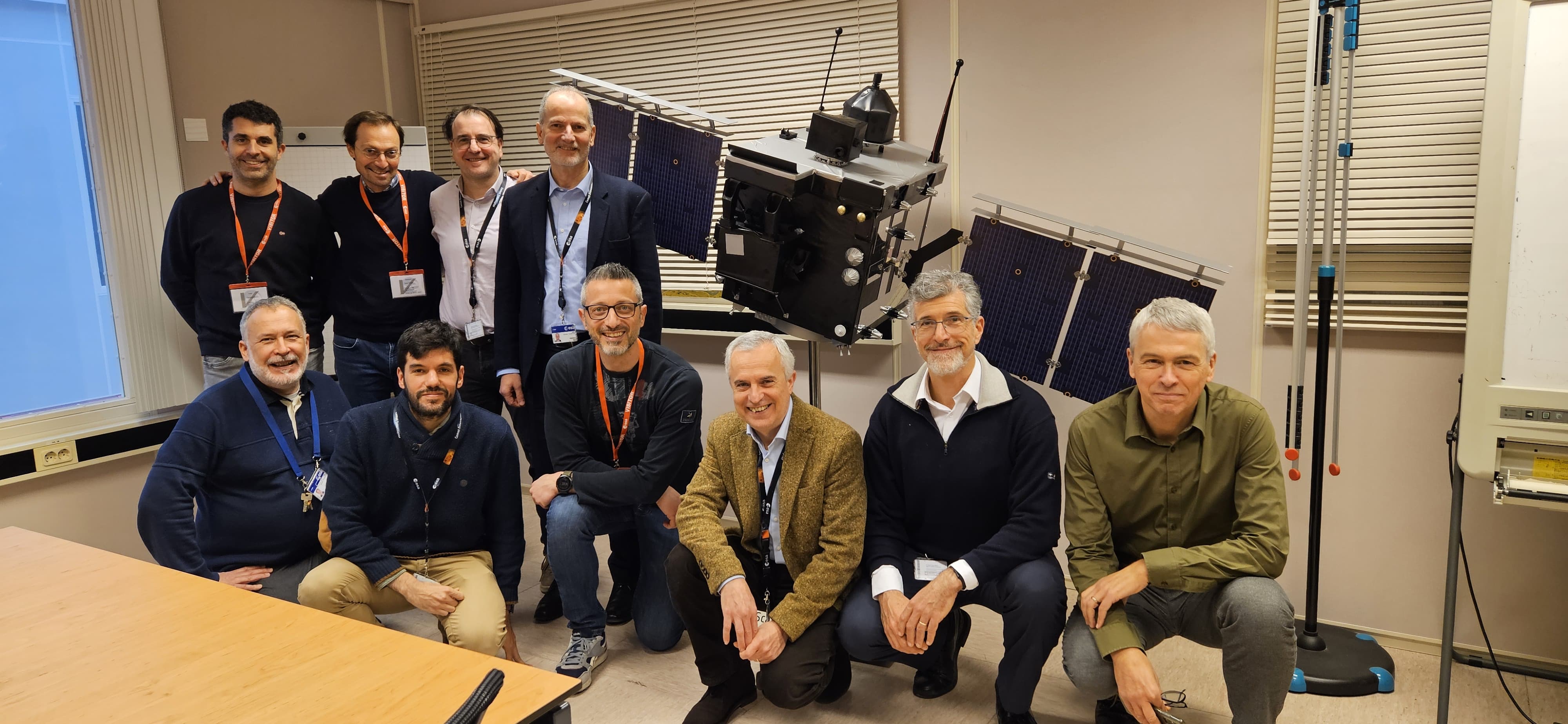
Testing the Development Models
Date: 28 February 2025
The Probe B2 separation system development model is subject to a new series of deployment tests at SENER Poland.
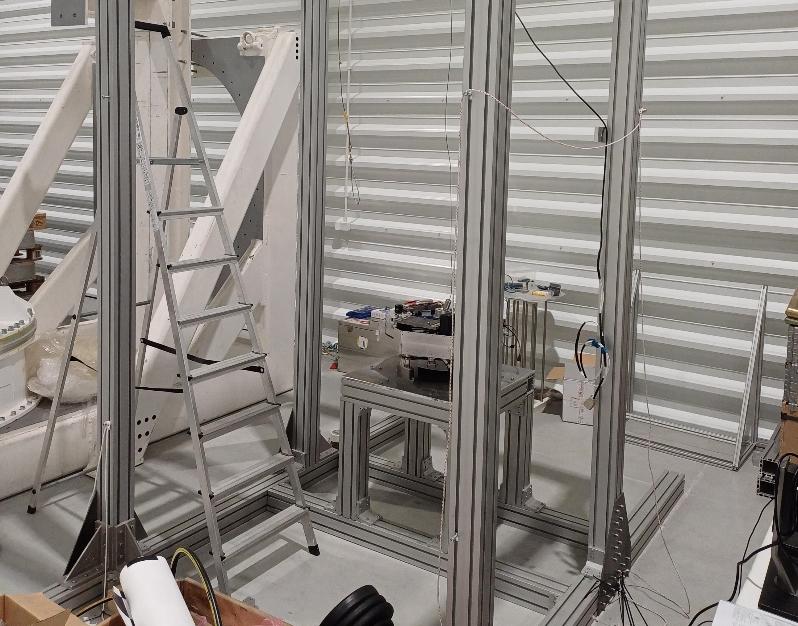

Date: 18 December 2024
The Structural Model of the S/C A Dust Shield satisfatorily completed the environmental test campaign, focused on acoustic tests. The SM included a fully representative section of the actual dust shield of S/C A. The test was performed at IABG (DE).
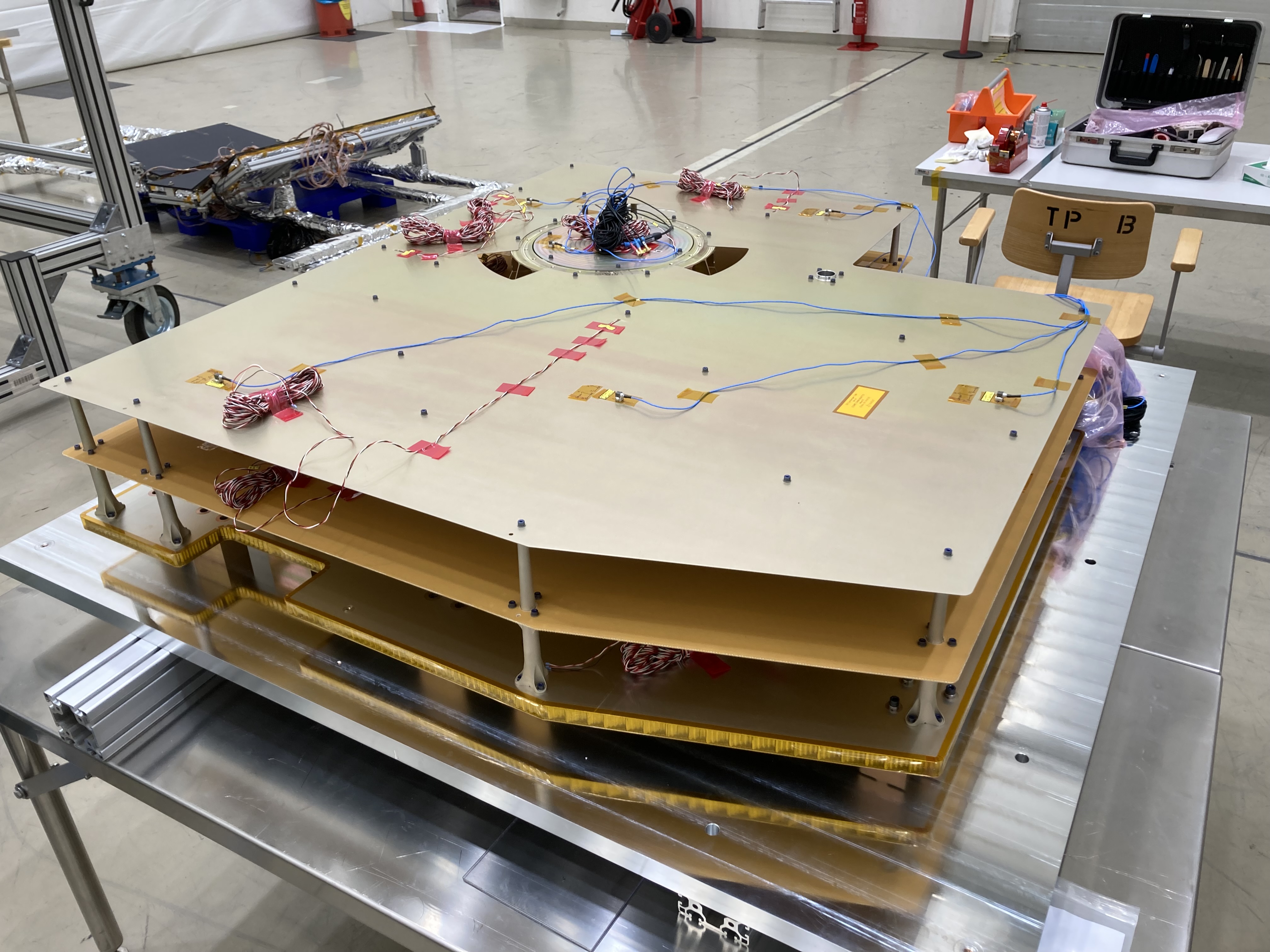
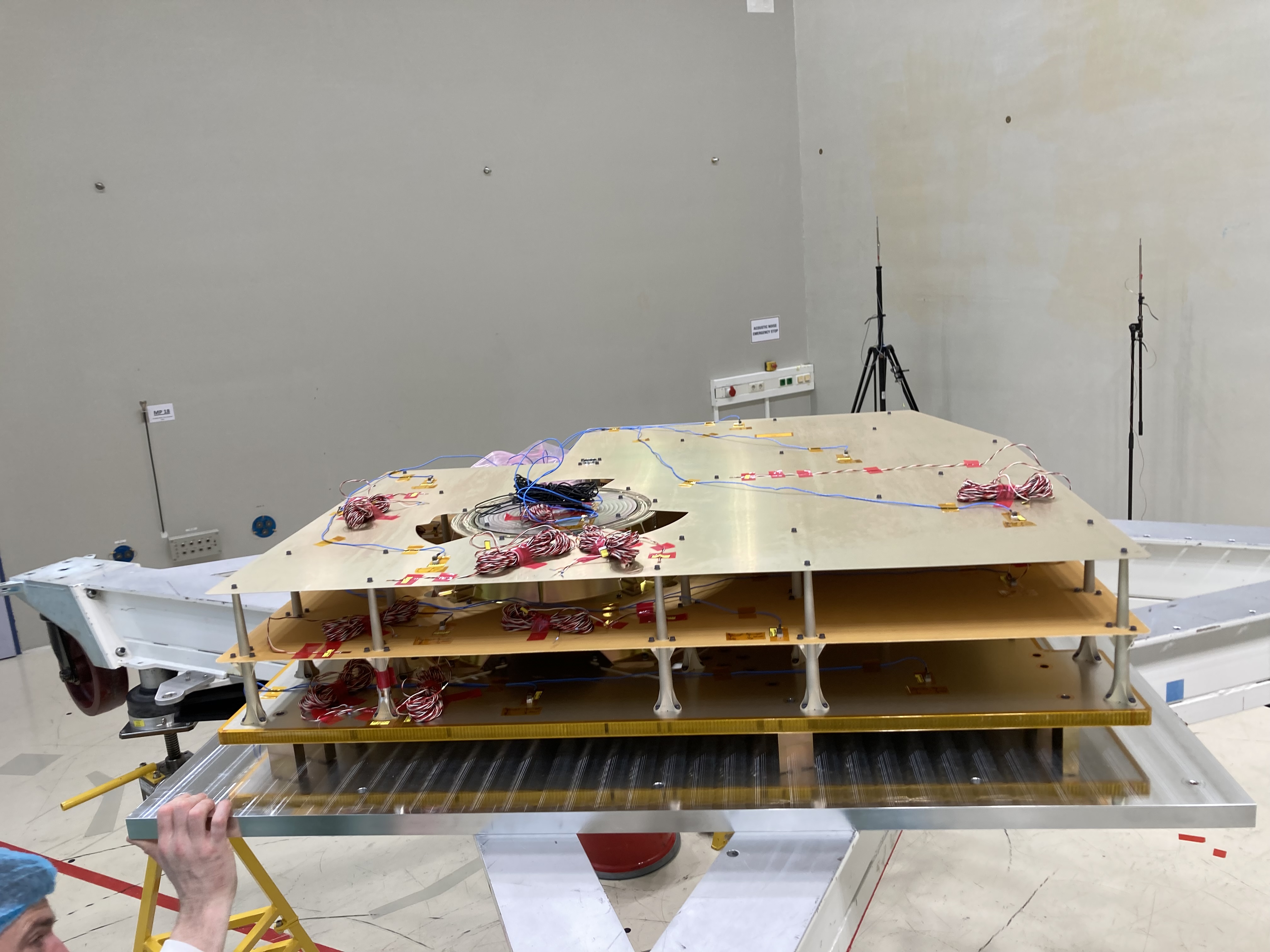
Date: 18 November 2024
The Structural Qualification Model of probe B2 has successfully passed its vibration test! For further information see:
Date: 17 October 2024
Comet Interceptor’s instrument DFP (Dust, Fields and Plasma) is a suit consisting of multiple sensors, dedicated to the in situ, multi-point study of the multi-phased ionized and dusty environment in the coma and of its interaction with the surrounding space environment and the Sun and is the only instrument present both on the main spacecraft (S/C A), and on Probe B2.
DFP is composed of up to 5 separate sensors, connected to a central electronic unit. The instrument is developed by a consortium led by CBK in Poland, with contributions from several research centres and companies all around Europe.
During two weeks in September 2024, a team of up to 14 people representing the DFP consortium was present in ESTEC to run a complete ElectroMagnetic Compatibility (EMC) test campaign on the Engineering Model (EM) units.
The test was performed in an anechoic chamber, part of the ESA TEC EMC facilities. The extensive test campaign performed comprised the whole set of tests needed to ensure the electromagnetic compatibility of DFP, in line with Comet-I needs, including grounding, conductive, radiated, ESD (Electrostatic discharge) and magnetic tests.
The test was conducted successfully and demonstrates the capability of DFP to operate according to the EMC requirements imposed by platform and payload, as required to achieve the mission objectives. The test results provide DFP team with confidence to move forward with the manufacturing of the flight units.
Here are some fotos from the EMC campaign:
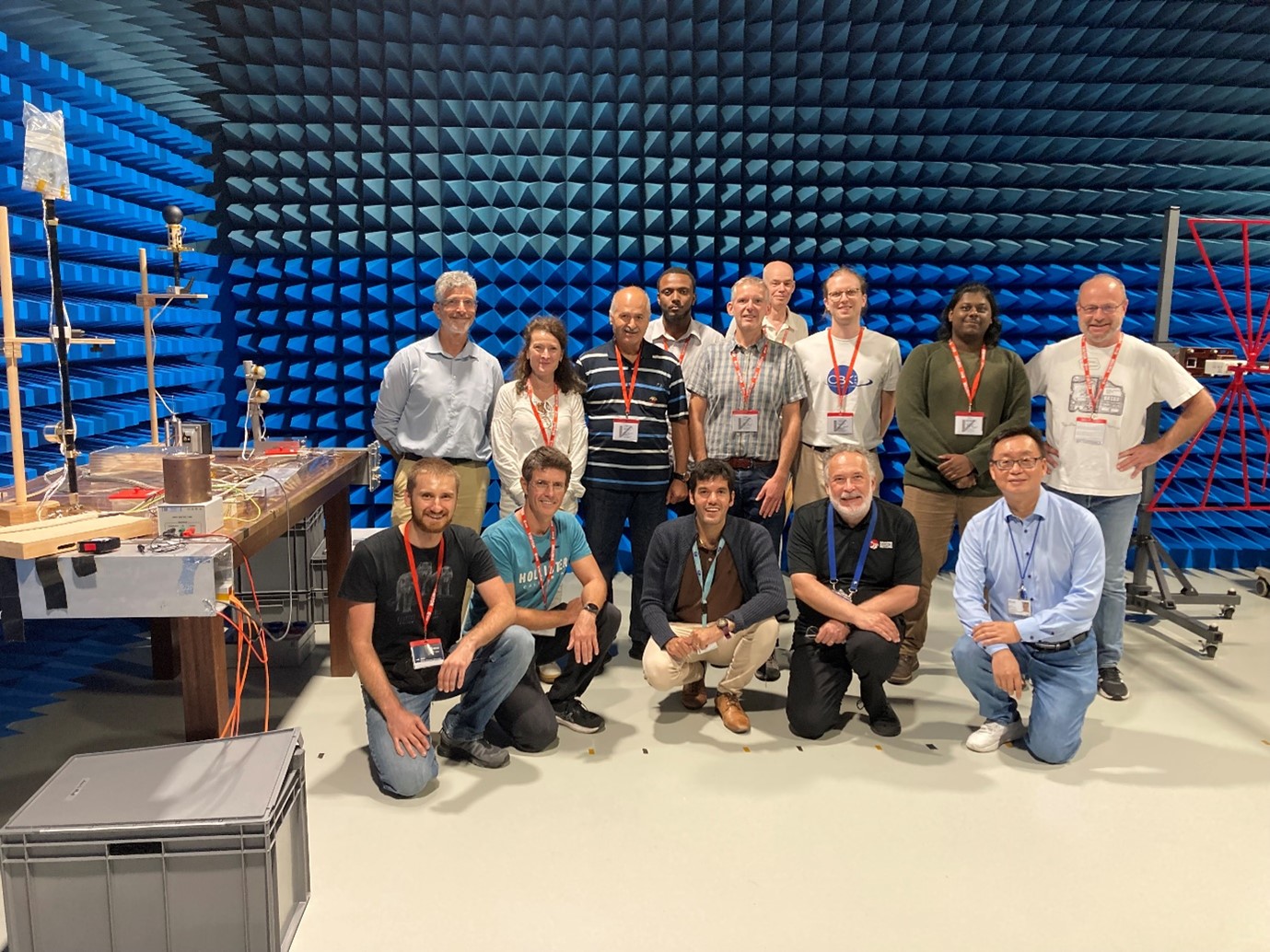
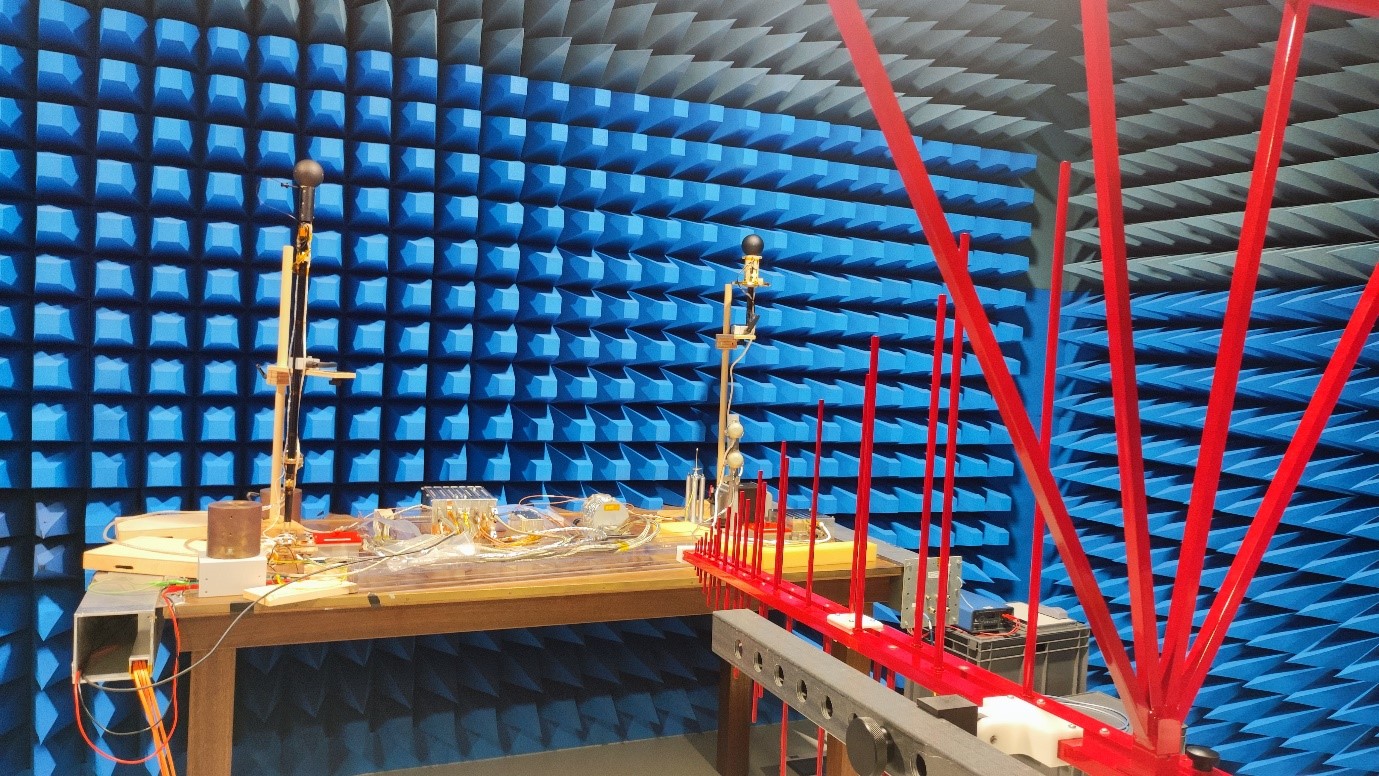
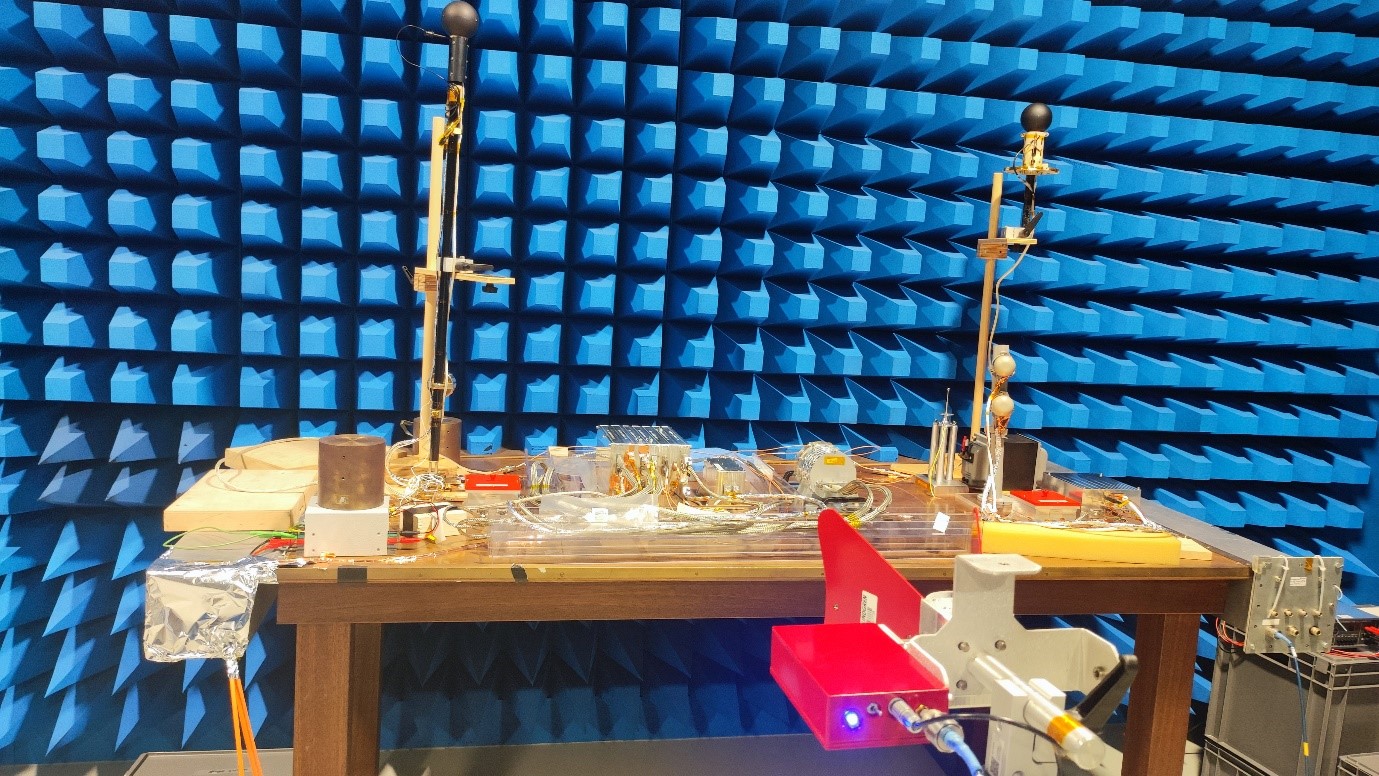
Date: 17 July 2024
Tests on the different development models (structural, thermal and electrical) of the Comet Interceptor instruments are in progress. In parallel, test activities on the spacecraft A Avionic Test Bed (ATB) have started at OHB Italia. As part of the activities for the consolidation of the design of the Comet Interceptor spacecraft, engineers at OHB Italia are working to ensure the smooth cooperation of platform and payload subsystems integrated in the system environment. These activities are being carried out at the Spacecraft Avionics Test Bench (SC ATB), in Milan.
During last months, at SC ATB, Comet Interceptor basic avionics have been interacting for the first time with the scientific instruments (DFP, CoCa and MANiaC) that will be deployed to study the target of the mission, which will be known only long after the launch.
Current activities are focused on the integration and the testing of the electrical power subsystem (EPS) and the Attitude and Orbit Guidance, Navigation and Control subsystem (AOGNC).
Comet Interceptor is only given one shot to meet and study its target: the ATB, like an on-ground “sibling” of the spacecraft will be available even after Comet Interceptor is launched and until the very end of the mission, for troubleshooting and dress rehearsals of the critical mission phases.
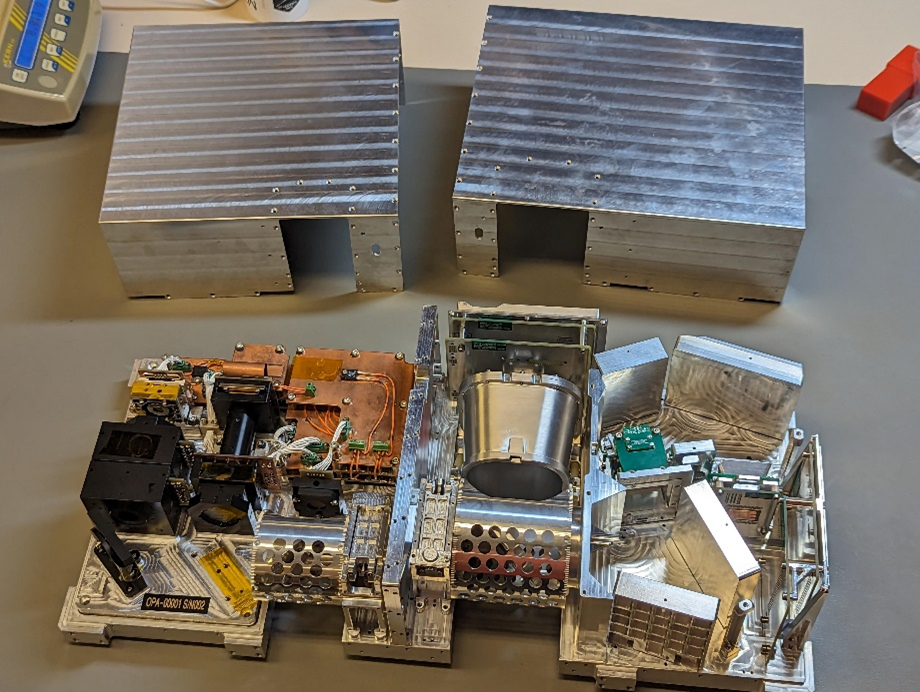
Structural and Thermal Model (STM) of the MIRMIS (Modular InfraRed Molecules and Ices Sensor) instrument before assembly of the housing and mounting brackets (courtesy of Uni.Oxford).
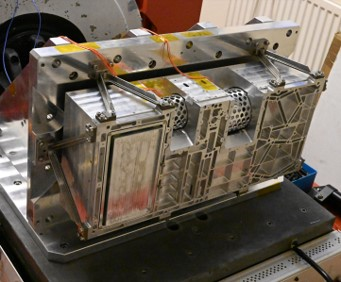
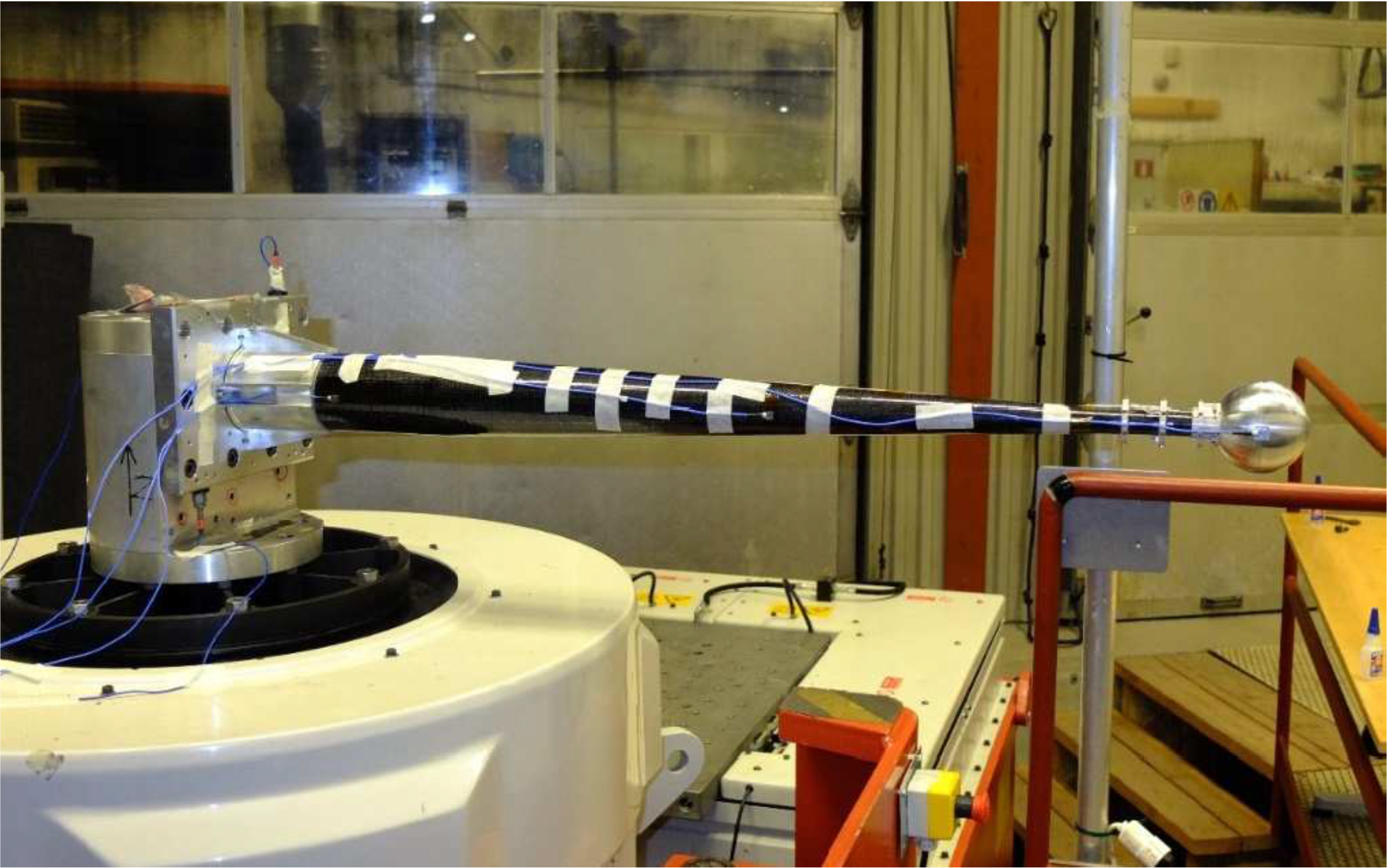
Compliment sensor on its rigid boom during the mechanical environment tests (courtesy of IRF / ROB).
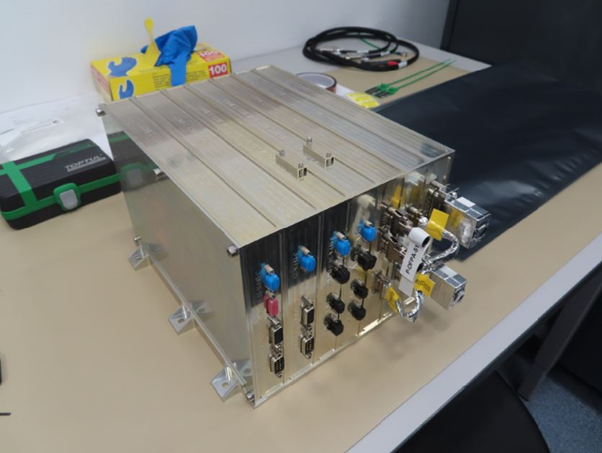
Engineering Model of the Dust Field & Plasma instrument before integration on the main spacecraft (S/C A) ATB (courtesy of CBK - Poland).
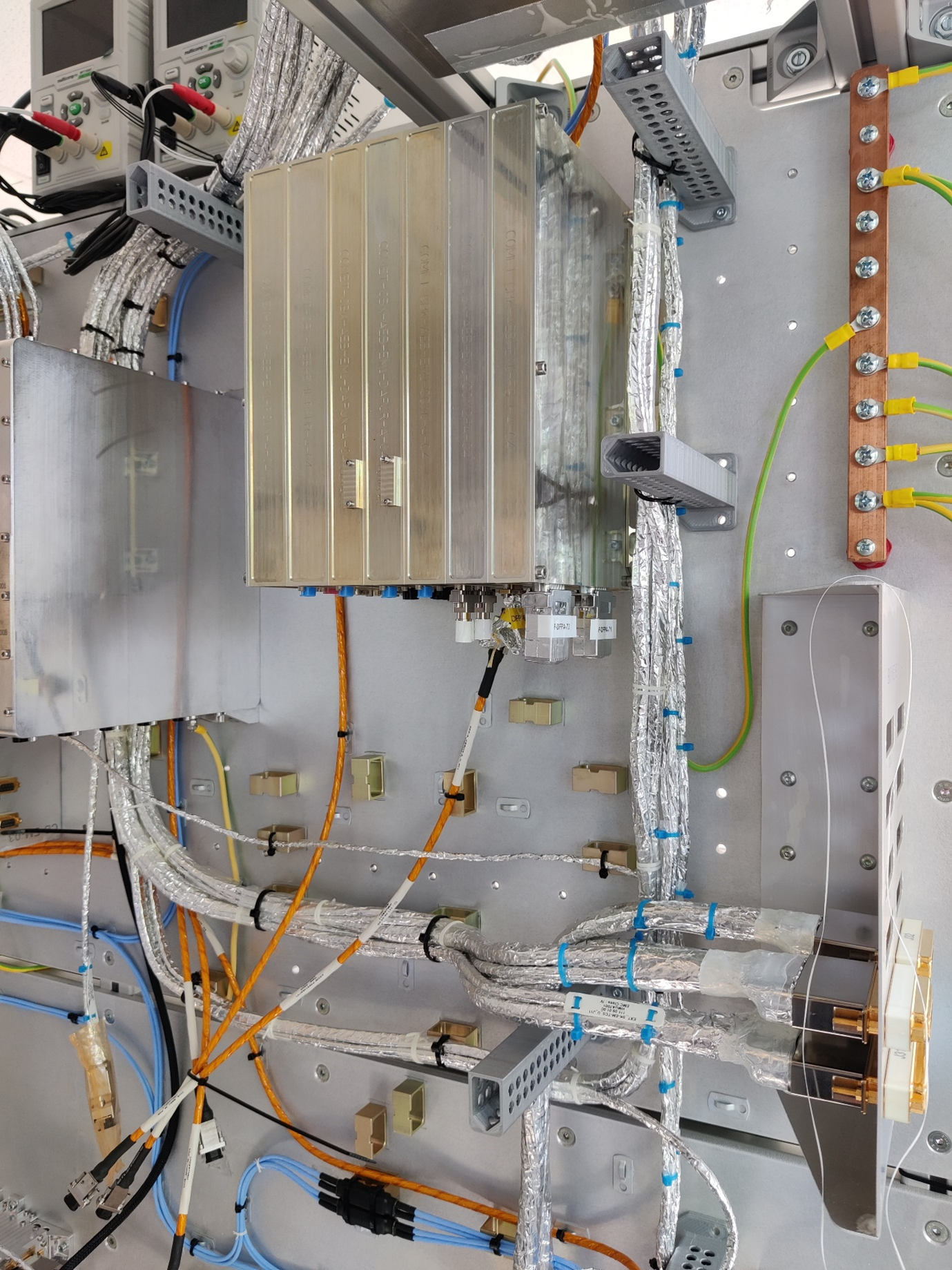
Engineering Model of the Dust Field & Plasma instrument integrated on the main spacecraft (S/C A) ATB (courtesy of OHB Italia).
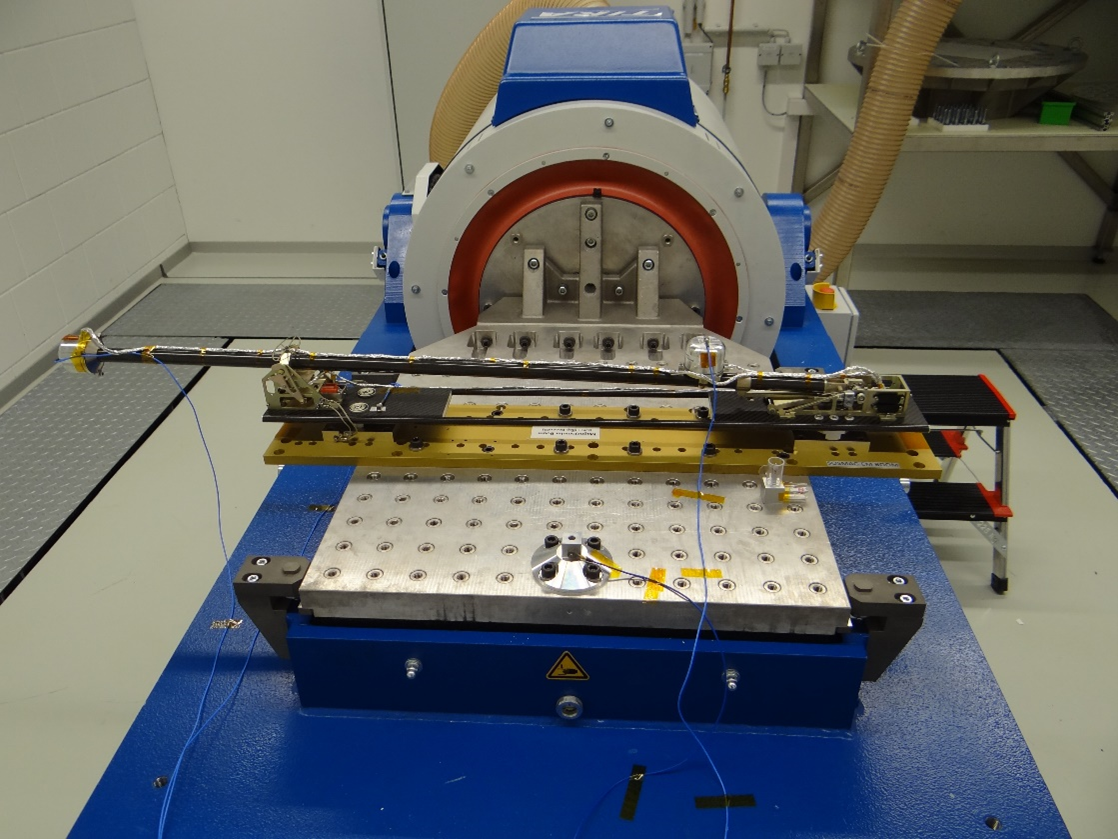
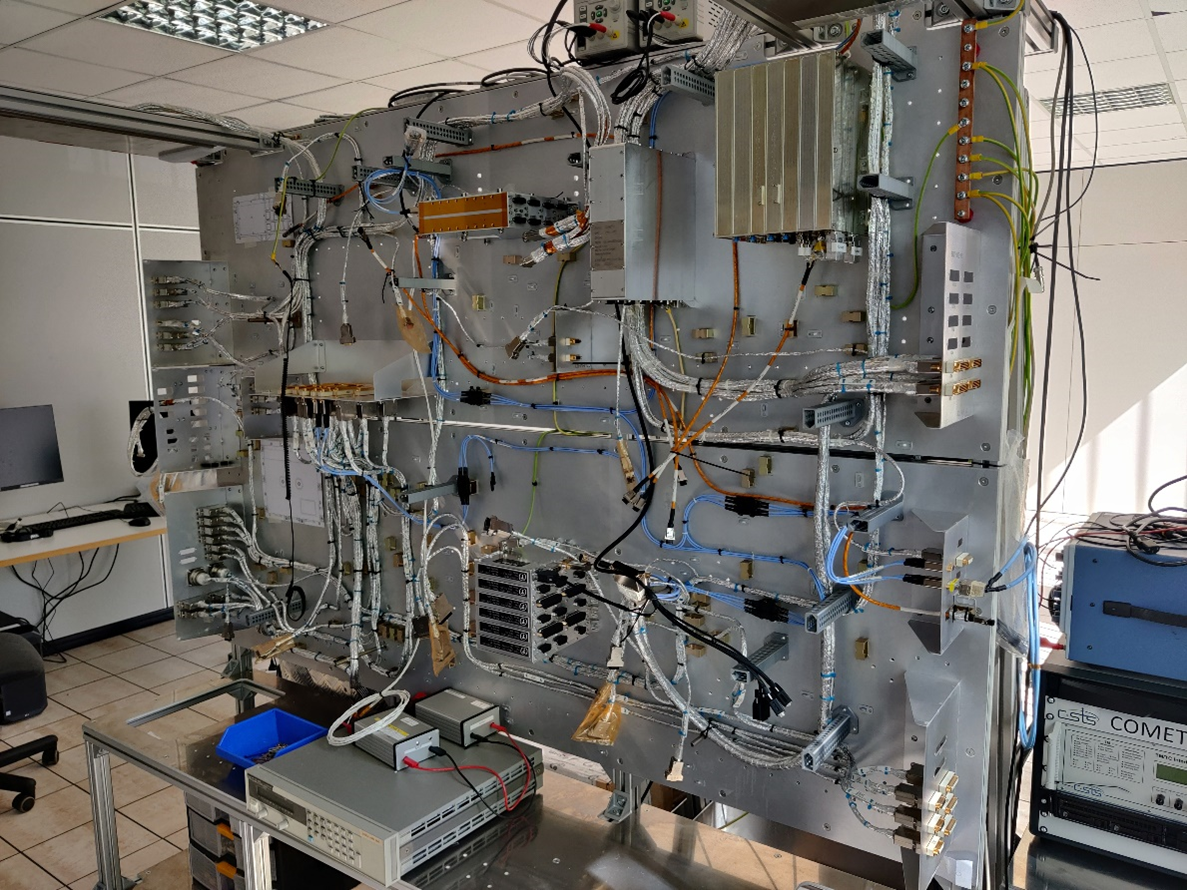
Spacecraft A Avionic Test Bed under testing (courtesy of OHB Italia).
Spacecraft A Avionics Test Bed tested at OHB Italy
====================================================================================================================================================================
Comet C/2022 E3 (ZTF) is a virtual target for Comet Interceptor!
Comet Interceptor is scheduled to be launched in 2029, and the flyby of the yet unknown target comet will happen in the 2030s after some waiting period in the Sun-Earth Lagrange point L2. However, we are constantly looking for targets among the comets approaching the sun, to see if they could be reached by Comet Interceptor if it were in space now. We call those comets virtual targets. And it turns out that current bright comet C/2022 E3 (ZTF) is such a virtual target!
If Comet Interceptor had been in its parking position in the Lagrange point L2 in August 2022, it could flyby the comet on 12 February this year, one month after the comet's perihelion passage and about 10 days after its closest approach to earth. The flyby would be at a whooping velocity of 52 km/s. At that velocity it would take about 2 hours to get from the earth to the moon!
More information about Comet ZTF can be found here
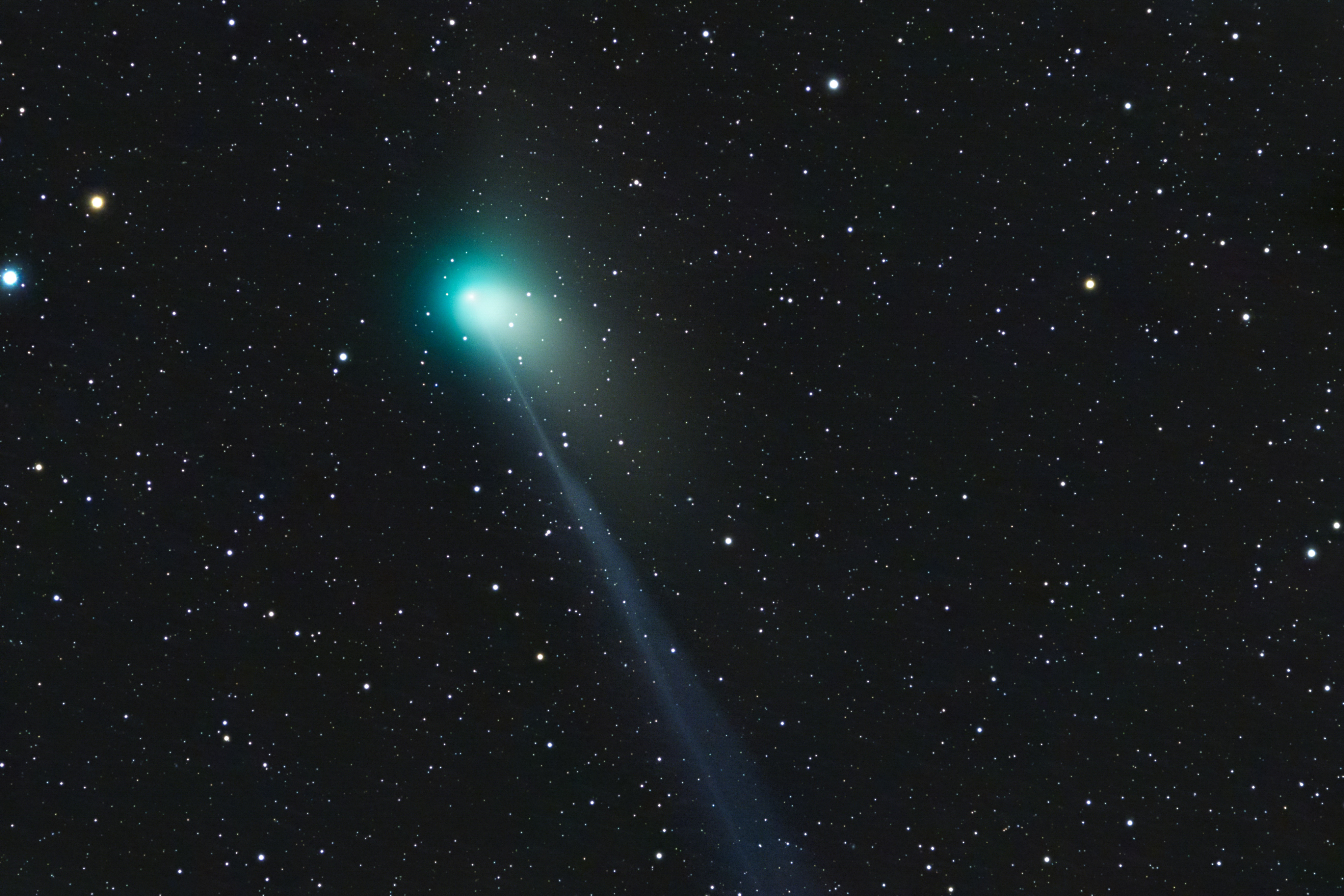
- Removed a total of (3) style text-align:center;
- Removed a total of (17) style text-align:justify;
- Removed a total of (1) style margin:0;
- Removed a total of (2) align=center.








































 Sign in
Sign in
 Science & Technology
Science & Technology